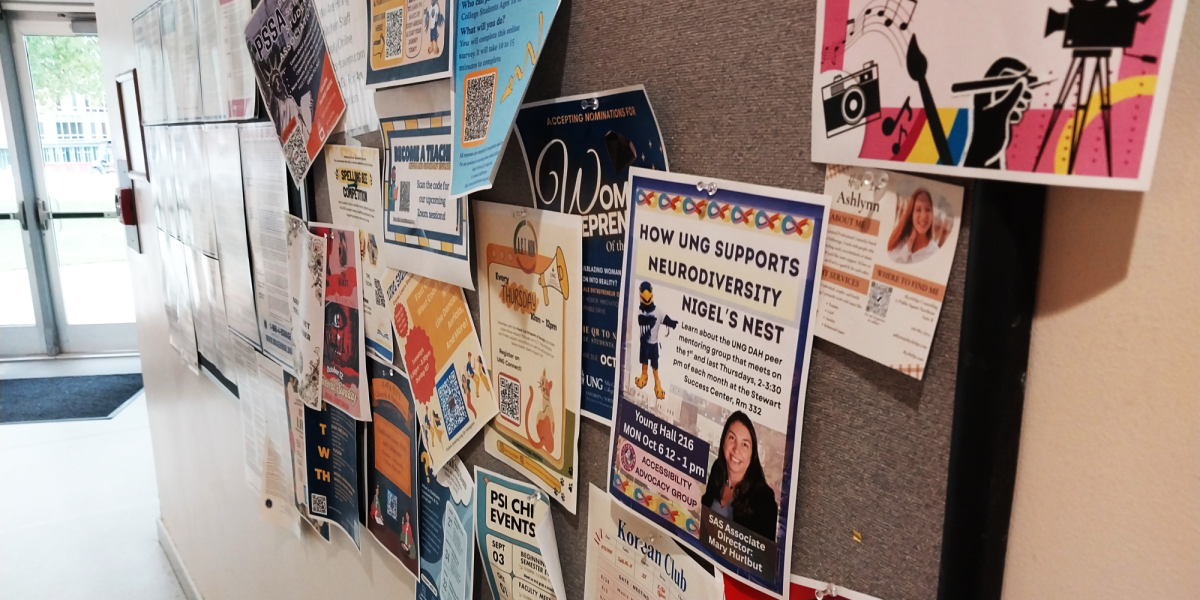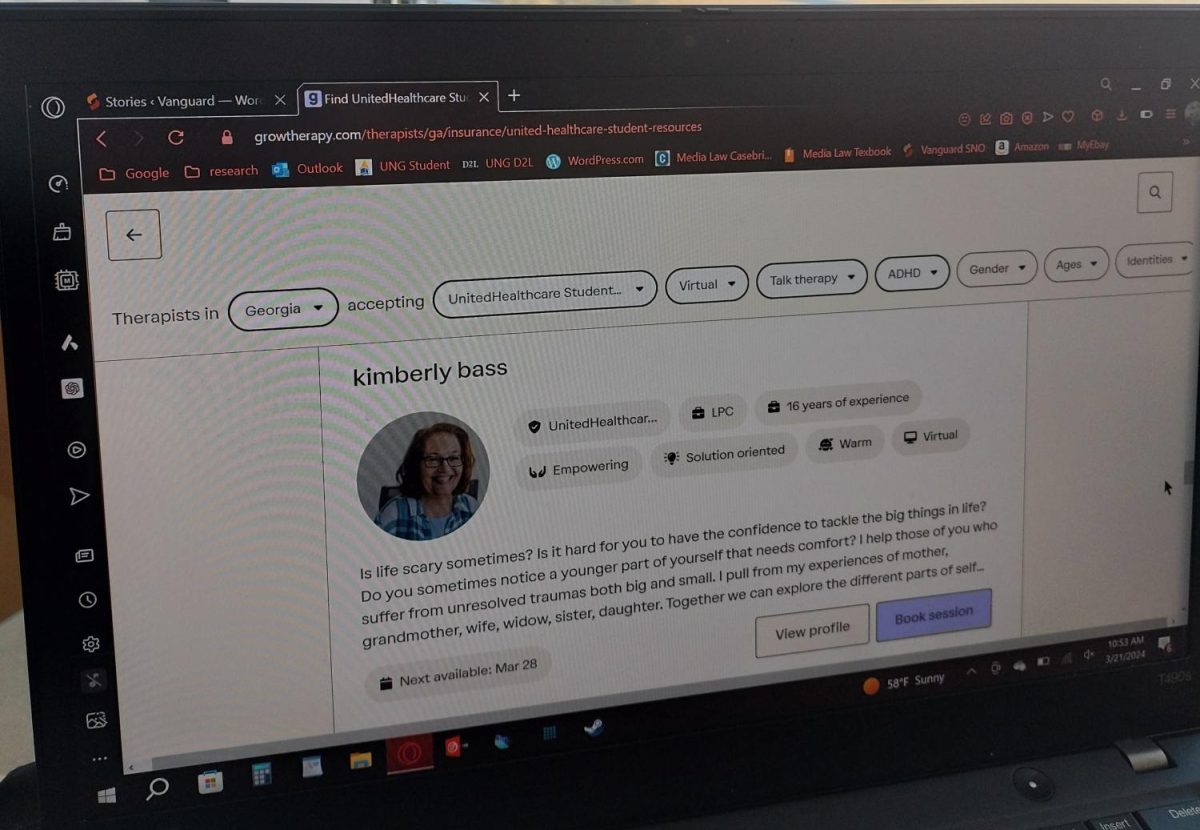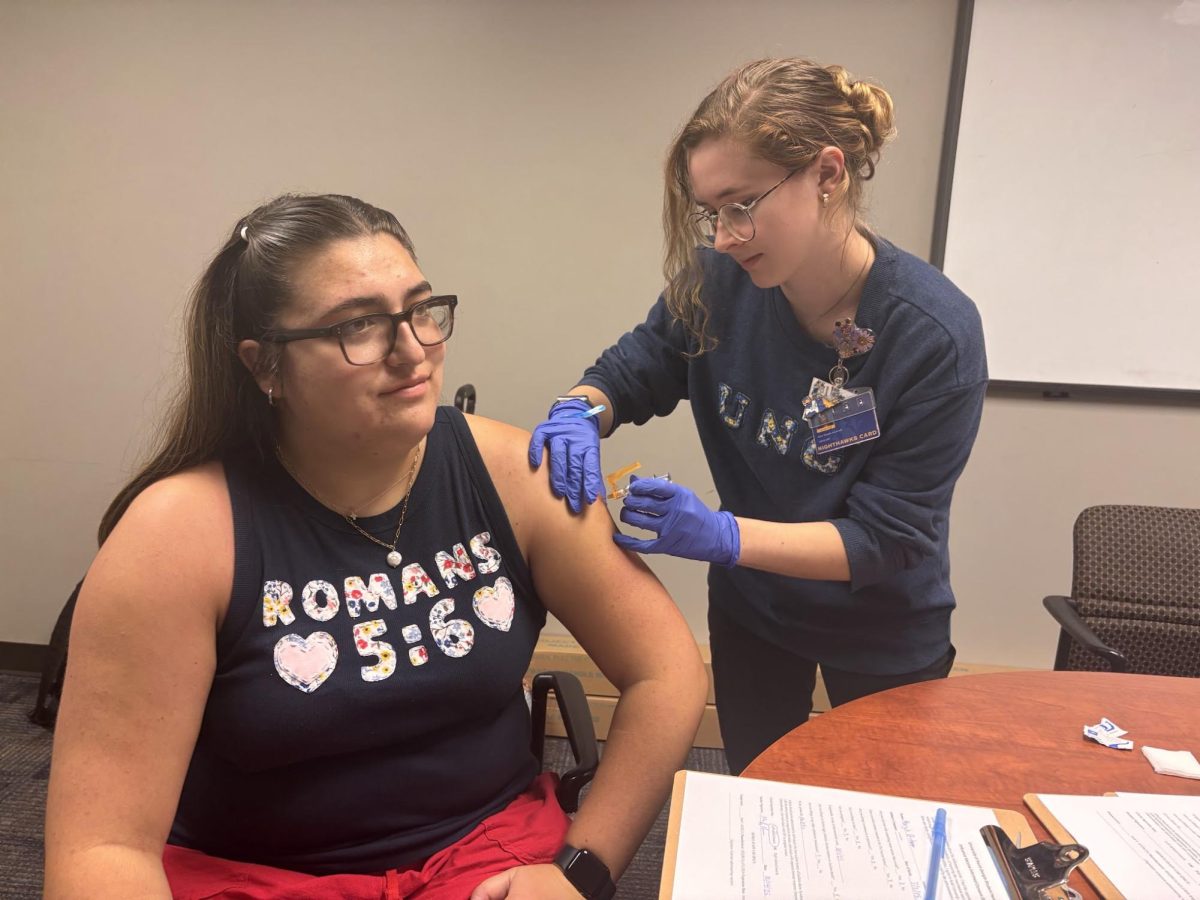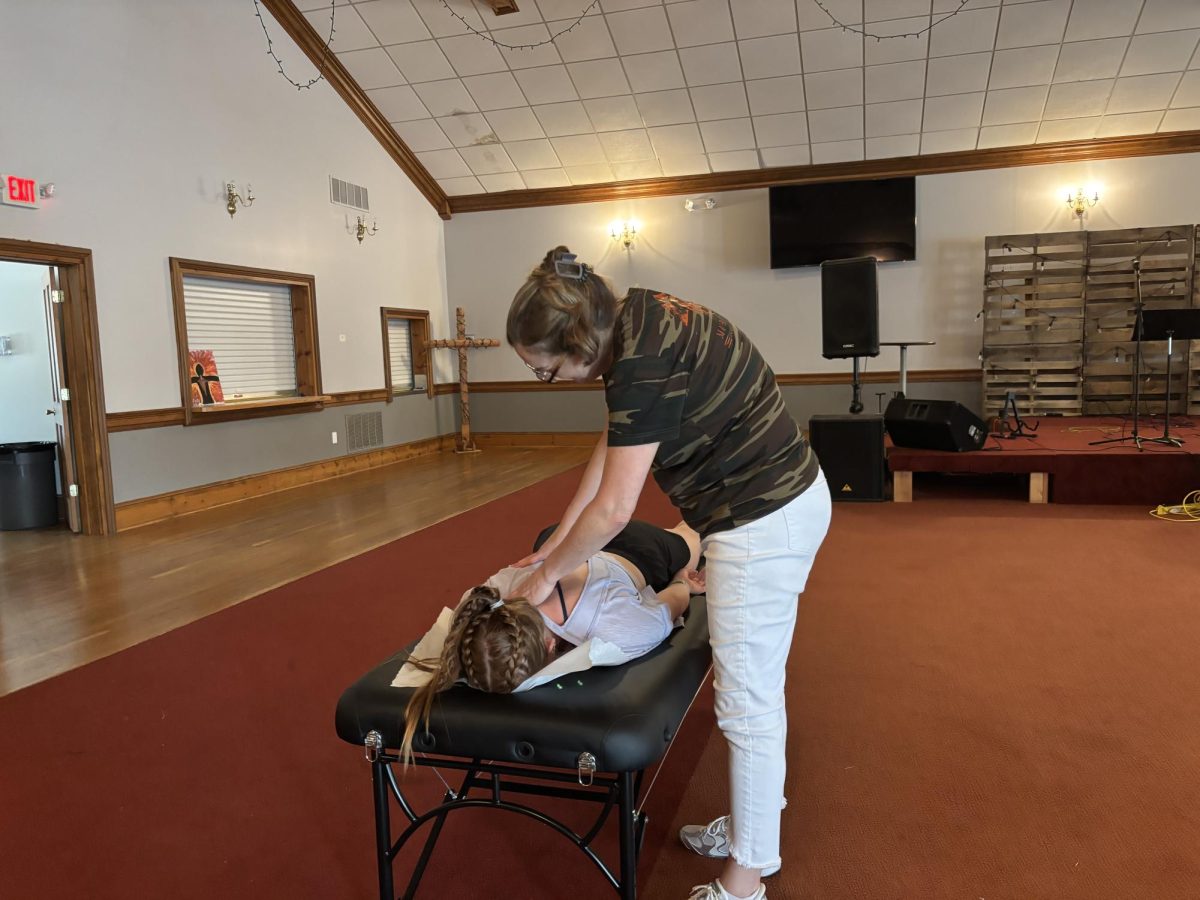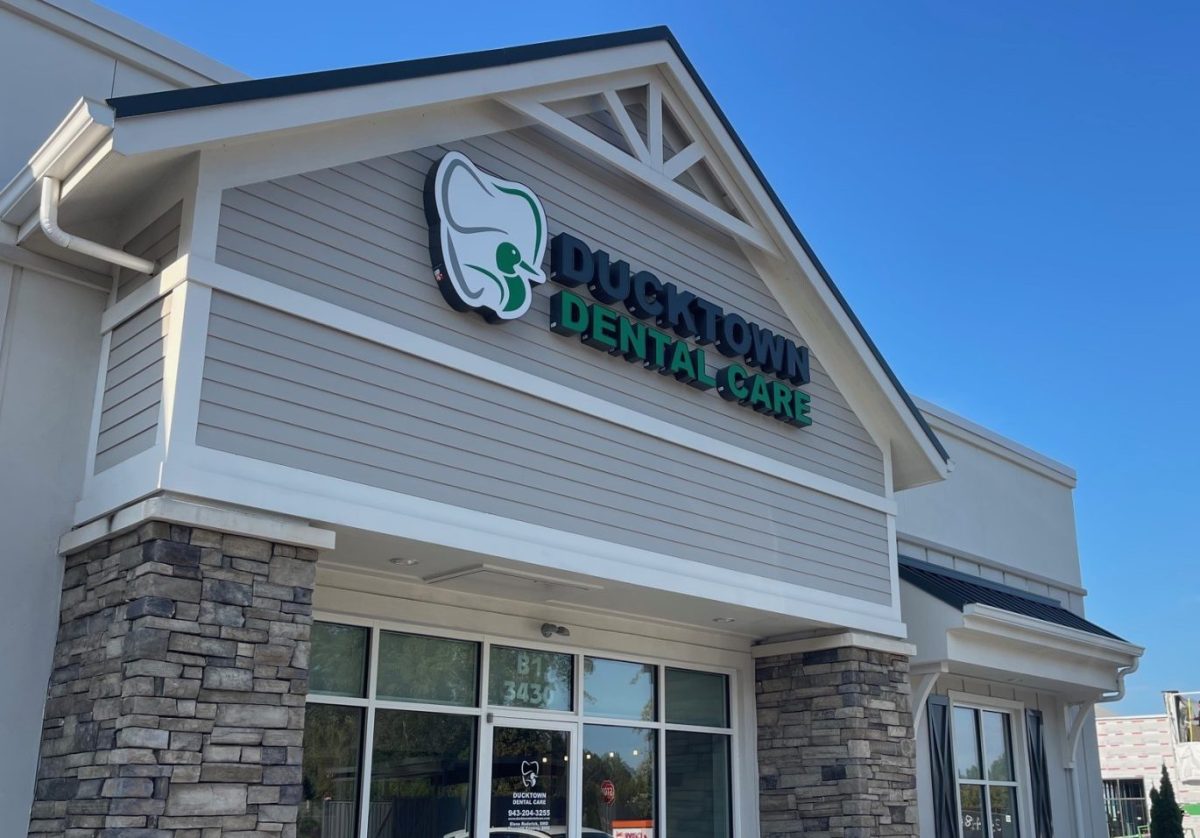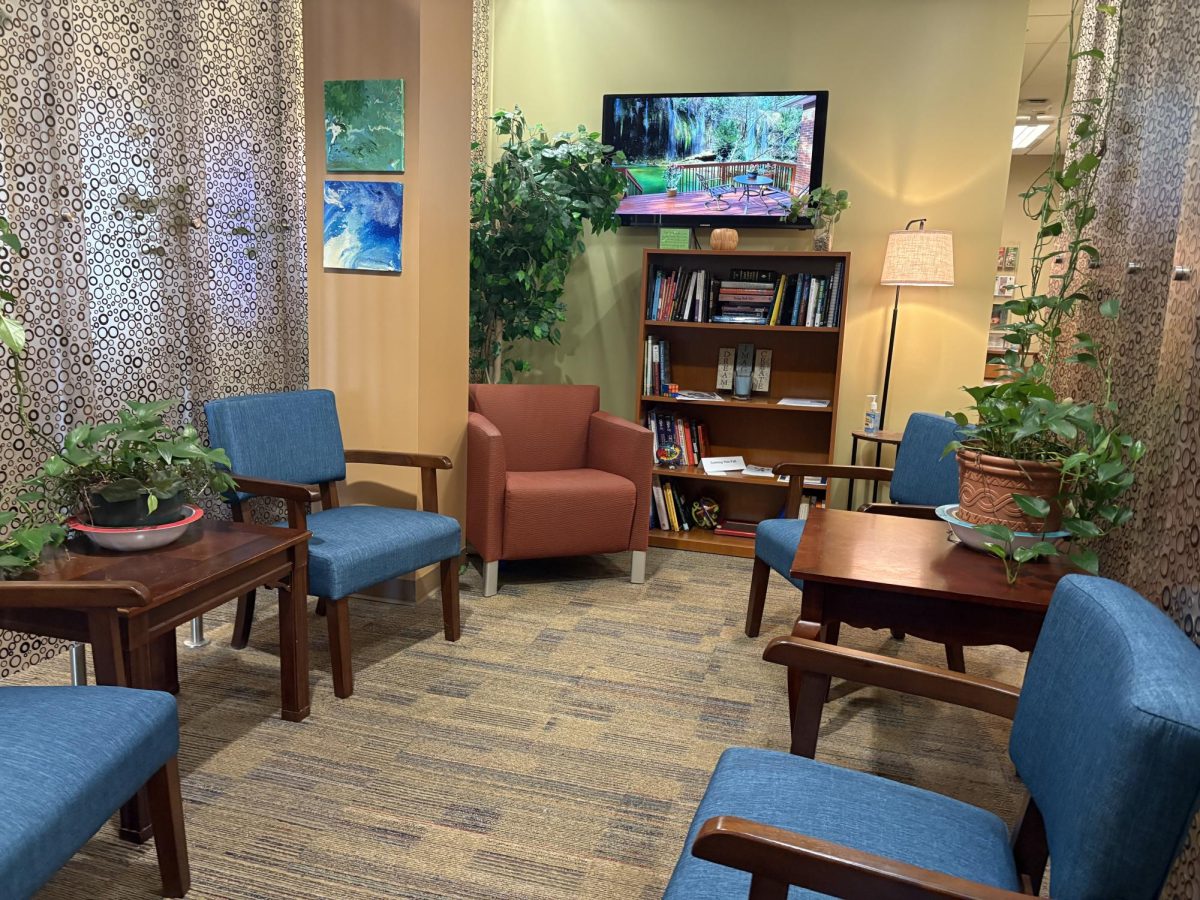In the wake of the most recent pandemic, healthcare delivery has undergone a profound transformation. Among the most notable changes is the remarkable surge in virtual health consultations. This shift has not only reshaped the way medical services are given but has also introduced multiple benefits and challenges for both healthcare providers and patients alike.
Virtual consultations, also known as telemedicine, have rapidly gained traction as a viable alternative to traditional in-person visits. The reasons behind this shift are multifaceted and deeply rooted in the circumstances precipitated by the pandemic.
“The pandemic forced us to reevaluate how we deliver care to our patients. Virtual consultations emerged as a lifeline, enabling us to maintain continuity of care while minimizing the risk of viral transmission.” – Arin Swerlick, M.D., online family physician
Enhanced accessibility is a primary advantage, particularly for patients located in remote or underserved areas. Sue V., a patient diagnosed with a chronic illness, recounts her experience with virtual consultations.
“Living in a rural area, accessing specialized care was a challenge. With telemedicine, I can now consult with specialists from the comfort of my home, saving time and money on travel.”
Convenience is another compelling factor driving the uptake of virtual healthcare. For busy individuals juggling work, family and other commitments, the ability to schedule appointments without commutes or waiting rooms is a game-changer.
“As a working parent, finding time to visit the doctor was always a struggle,” says Lana Hollifield, a mother of two. “Virtual consultations have made it infinitely easier to seek medical advice without disrupting my daily routine.”
Alongside these advantages come inherent challenges. Dr. Michael Patel, a pediatrician specializing in telemedicine, highlights the importance of addressing technological barriers and ensuring equitable access to virtual care.
“While telemedicine holds tremendous promise, disparities in internet connectivity and digital literacy persist,” Patel said. “As healthcare providers, we must strive to bridge these gaps to ensure that all patients can benefit from virtual consultations.”
Beyond the realm of healthcare providers, the perspectives of patients shed light on the nuanced dynamics of virtual consultations. For many, the personalized nature of virtual interactions fosters a sense of comfort and empowerment. As we navigate the evolving landscape of virtual healthcare, it becomes evident that telemedicine is not merely a temporary solution born out of necessity, but could potentially become a catalyst for lasting change in the way we approach medical care.
“Effective communication and thorough documentation are crucial. By leveraging technology responsibly, we can uphold the integrity of patient care in virtual encounters.” – Tori Tatum, user experience specialist at Grow Therapy

